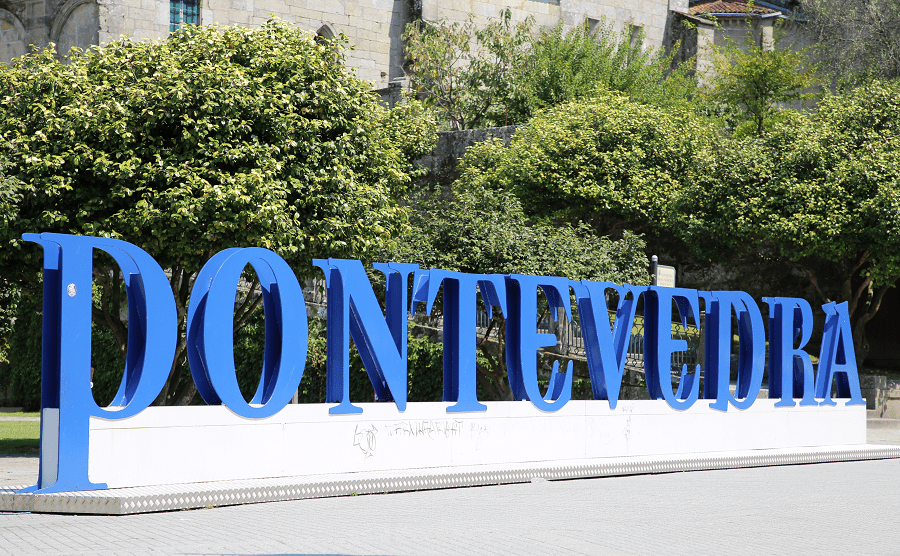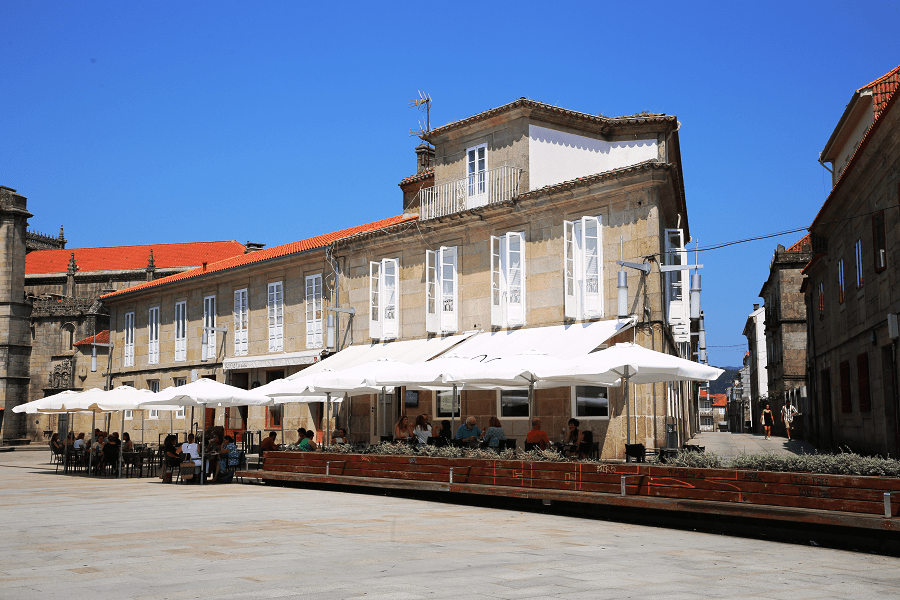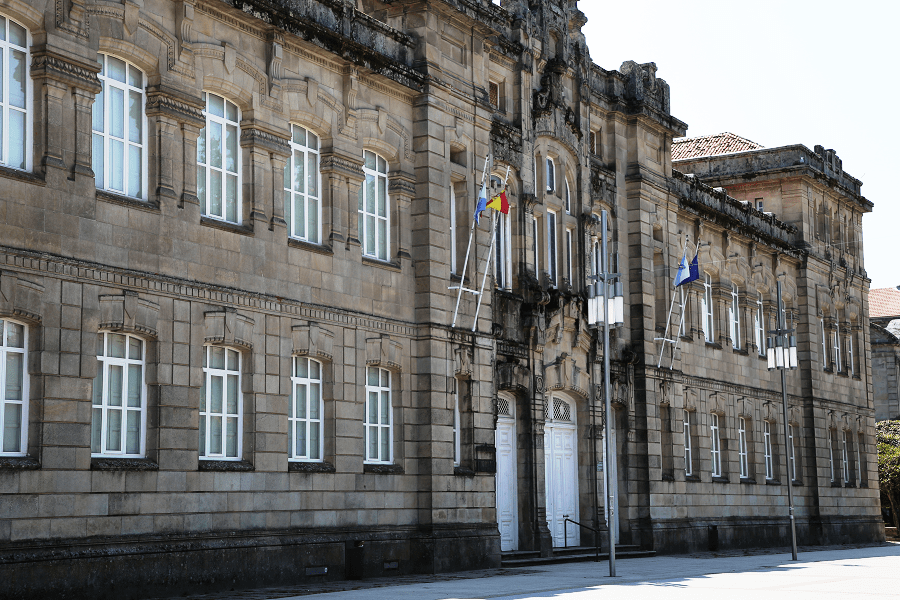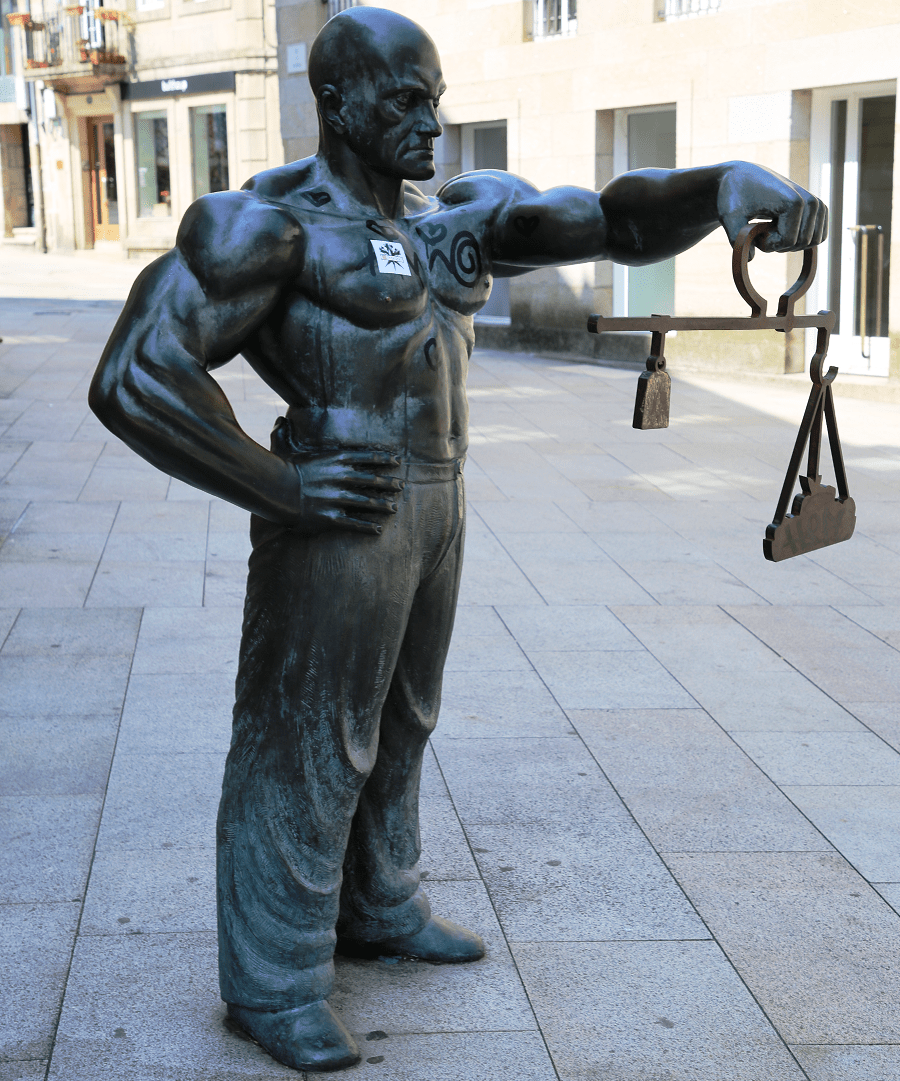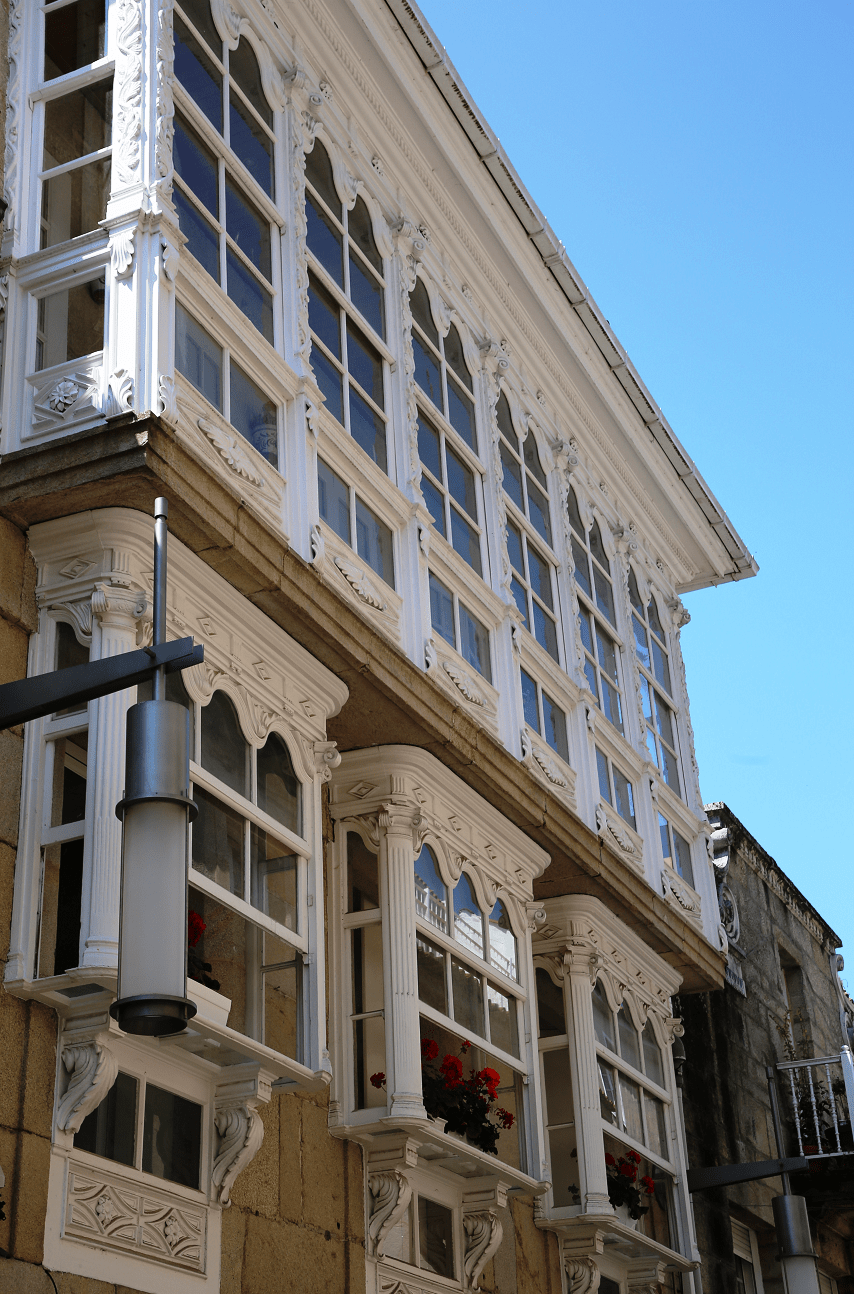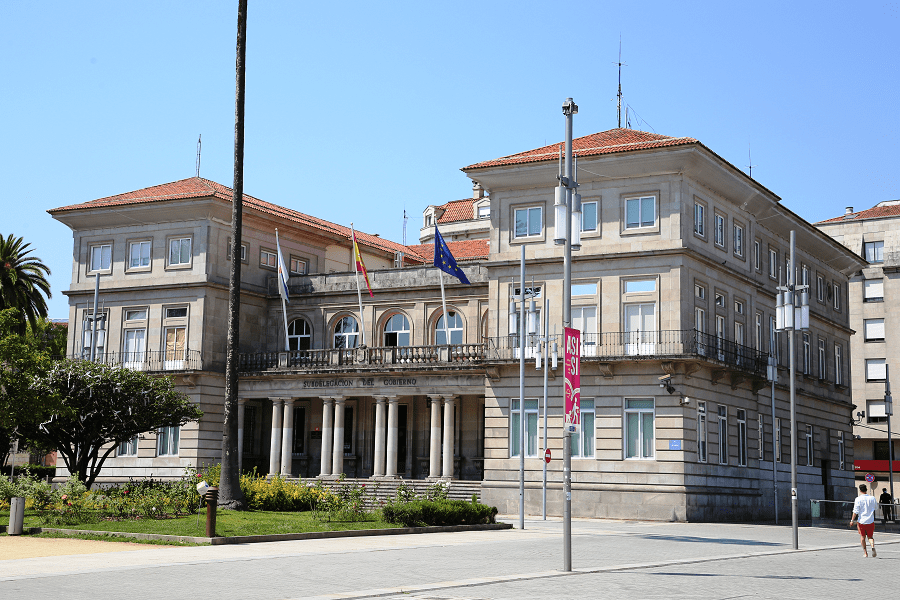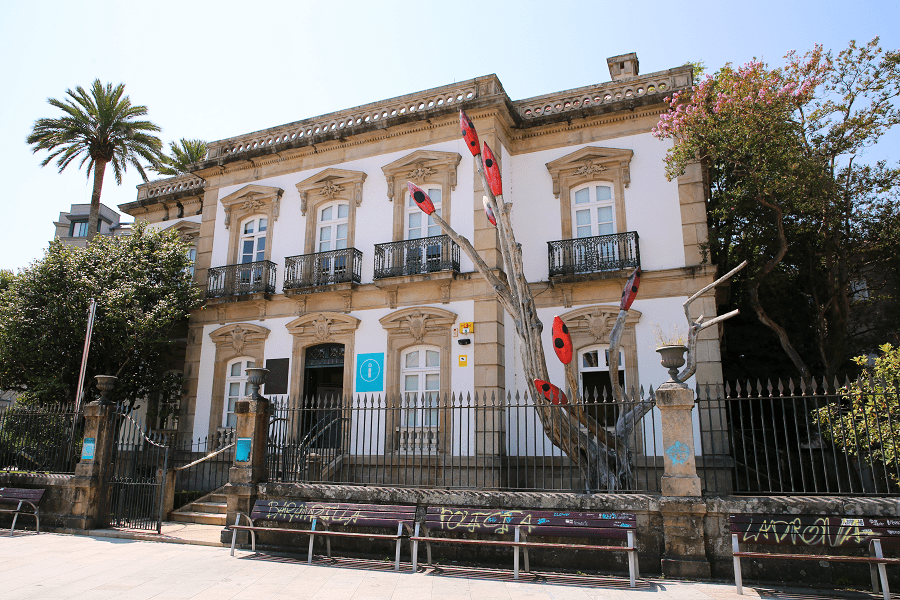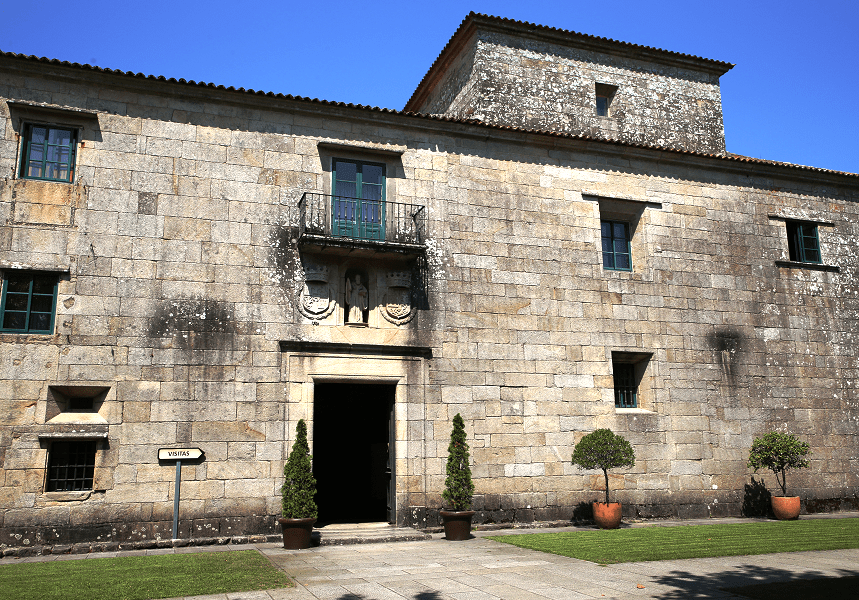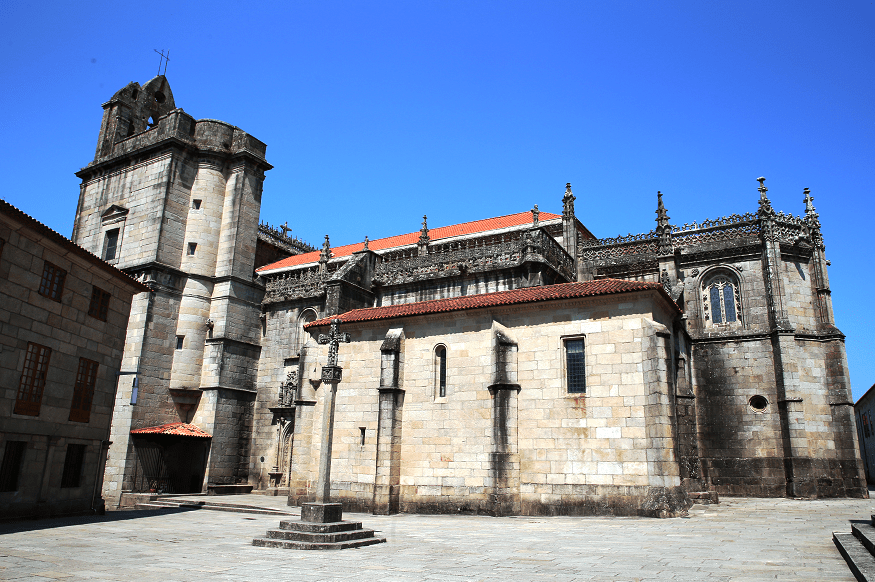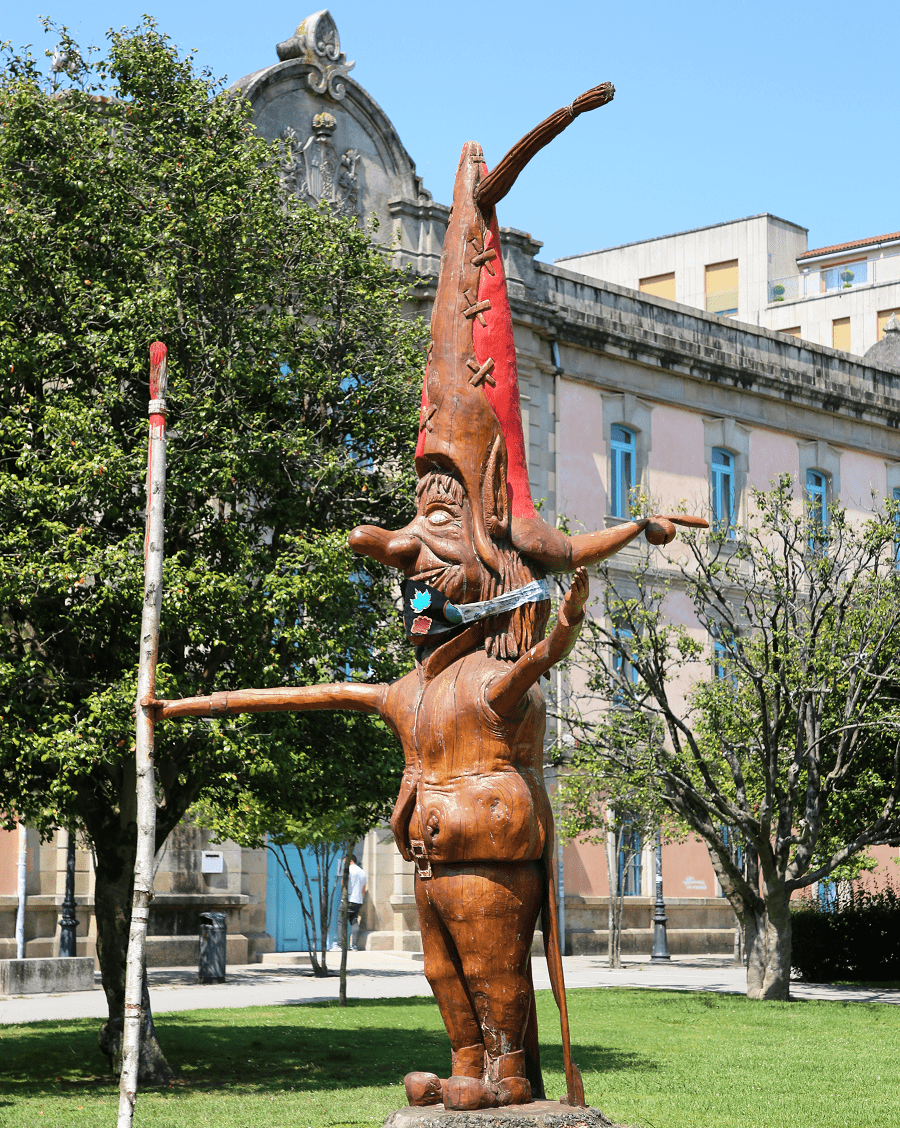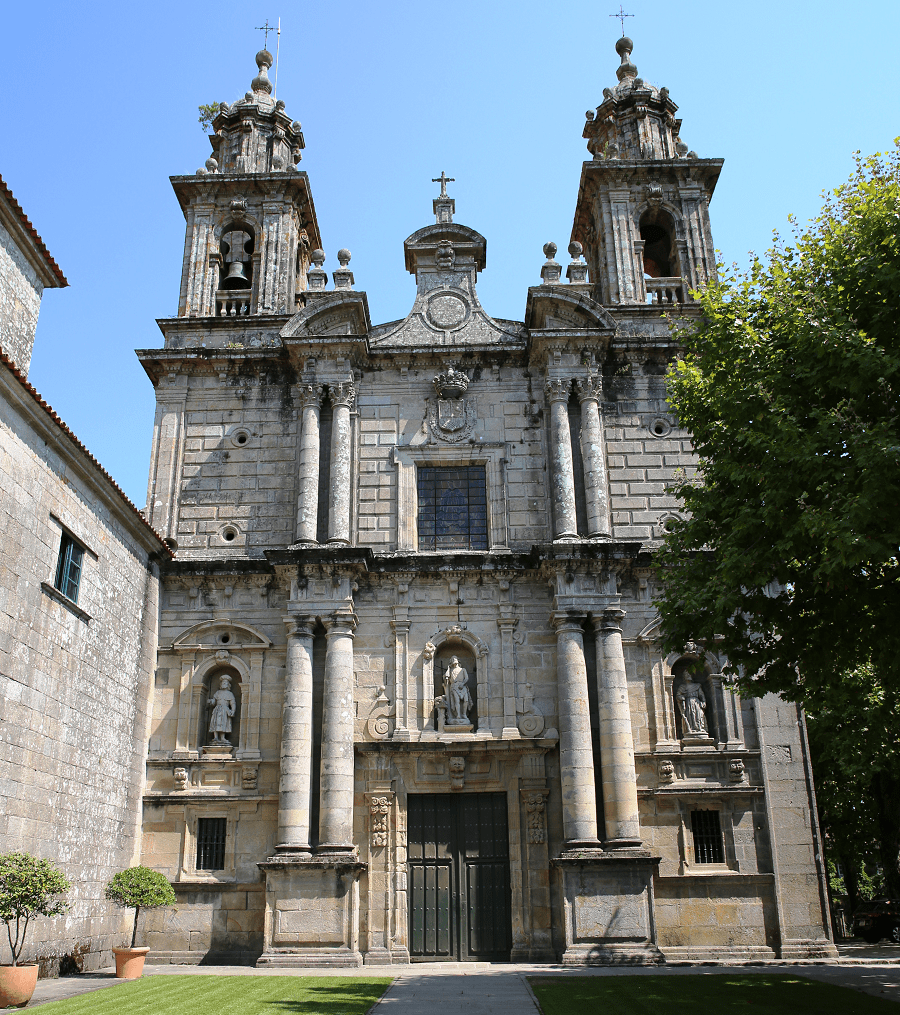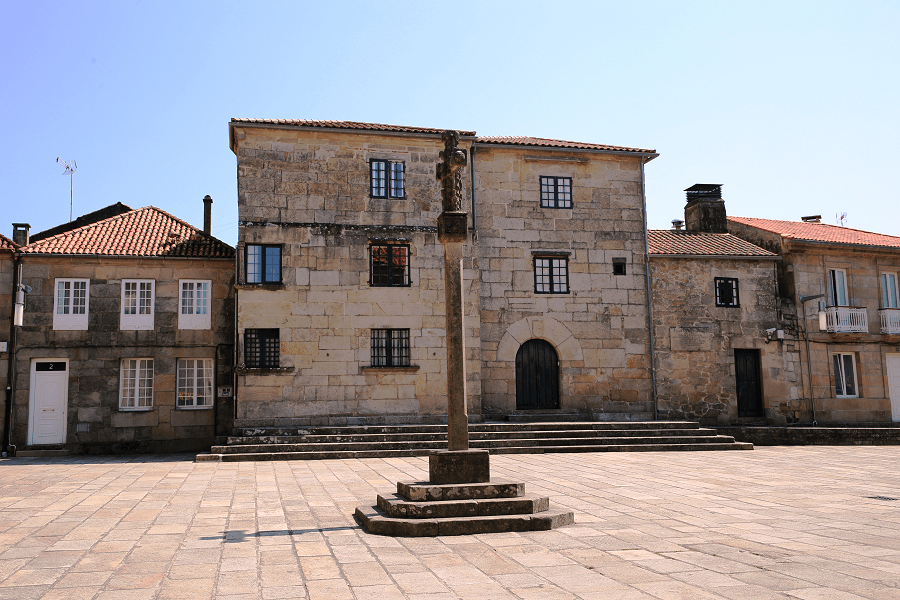Pontevedra is a city in Galicia, Spain. It is the capital of both the Comarca (County) and Province of Pontevedra, and of the Rias Baixas in Galicia. It is also the capital of its own municipality.
The old town of Pontevedra was the second site in Galicia to be declared in its entirety a Historic-Artistic Site (only 11 years after Santiago de Compostela), by decree of February 23, 1951.
The city is best known for its urban planning, pedestrianisation and the charm of its old town.
Pontevedra’s car-free center helped transform it into one of the most accessible European cities, leading to various European and American studies of its exemplary urban planning being carried out in recent years.
Tourism and main attractions
Pontevedra is the second city in Galicia for its rich heritage, only after Santiago de Compostela. A city of art and history, the city is known as The Good City (name attributed by the French author Jean Froissart in his Chronicles in the 14th century) or The City of the Lérez.
The city is also an important stopover on the Portuguese Way of the Camino de Santiago.
Religious buildings
The church of the Pilgrim Virgin is a scallop-shaped chapel located along the route of the Portuguese Way of St. James. Construction began in 1778 and it is one of the most symbolic and important buildings in the city of Pontevedra. It is dedicated to the Virgin who, according to tradition, guided pilgrims from Baiona, in the south-west of the province of Pontevedra, to Santiago de Compostela.
The Basilica of Saint Mary Major is a catholic church, dating from the 16th century, and consecrated as a basilica on January 10, 1962, by decree of Pope John XXIII. It is currently considered a BIC (Good of Cultural Interest in Spain, with the identification number RI-51-0000828). It was declared a historic-artistic monument belonging to the National Artistic Treasure by decree of 3 June 1931.
The Convent and church of San Francisco (in Galician: Convento e Igrexa de San Francisco) is a church declared Bien de Interés Cultural in 1896.
The ruins of San Domingos was a convent declared Bien de Interés Cultural in 1895.
The Church of Saint Bartholomew is a Catholic religious building designed in the late 17th century in the Baroque style as a place of worship and pastoral activities for the adjoining Jesuit college. The church was dedicated to Saint Bartholomew when it became a parish church in 1836.
The Convent of St. Clare is a former convent of the Order of Poor Clares, located in Santa Clara Street, near the old St. Clare Gate of the old city walls.
Civil buildings
The walls of Pontevedra were a fortification, which disappeared for the most part towards the end of the 19th century, although some remains are still visible, the most important being the crenellated section in Arzobispo Malvar Street. This complete section, approximately 40 metres long, can be accessed from the gardens of the two buildings on the west side of Santa María Avenue.
There are also sections of the walls that are part of more recent buildings and have been highlighted during the renovation of these buildings, such as the section next to the old Trabancas gate, which was incorporated and highlighted in the renovation of the Savoy café.
The Palace of the Counts of Maceda, or Casa del Barón in Pontevedra, Spain, is an original Renaissance pazo dating from the 16th century. It is currently a four-star hotel belonging to the Spanish Tourism Paradors Network.
The Casa de las Campanas (House of the Bells) is one of the three oldest buildings in the city of Pontevedra in Spain, and perhaps the oldest civil building. It is located in Don Filiberto street, at number 11, in the old town.
The Casa de las Caras (House of the Heads), also known as the Pazo de Barbeito y Padrón, is a 16th-century building in the heart of the historic centre. It is known as the House of the Heads because of the Renaissance busts that decorate its façade on the upper floor.
The Palace of Mugartegui, or Palace of the Counts of Fefiñáns in Pontevedra, Spain, is a Baroque pazo dating from the 18th century. It currently houses the headquarters of the Regulatory Council of the Rías Baixas Designation of Origin.
The Pazo de Castro Monteagudo, is an 18th-century baroque pazo in Pasantería Street, next to the Plaza de la Leña, built in 1760, as indicated in a Latin document found during its renovation. Its promoter and owner was José de Castro Monteagudo, the first auditor of the maritime province of Pontevedra.
The Pazo de García Flórez is an 18th century baroque pazo located between Sarmiento Street and Plaza de la Leña, in the heart of the old town. In the 1940s, the interior of the pazo was completely remodelled by the architect Robustiano Fernández Cochón to house the Pontevedra Museum. Its baroque exterior was preserved, an arch and a stone bridge were built to connect it to the pazo Castro Monteagudo and two stone statues of the Fortress and Hope were placed on the corners of the roof. On 15 August 1943, the Pazo García Flórez was inaugurated as the headquarters of the Pontevedra Museum.
The Principal Theatre of Pontevedra has neoclassical architecture. The theatre is spread over five floors and two basements, in which it houses two exhibition rooms and an auditorium with a total capacity of 434 seats. Its stage, which occupies 52 square metres, is equipped with a mobile platform.
The interior space has a false ceiling which helps to improve acoustics, as well as hiding the lighting installation. Its decorative style sought to combine the look of 19th century theatres with a more contemporary interior.
The Pontevedra City Hall is the seat of the City council of this Galician city. It is located at the eastern end of the Alameda de Pontevedra, on the edge of the old town. To the west it opens onto the pedestrian Square of Spain. The building belongs to the eclectic style that prevailed at the end of the 19th century with elements and concepts inspired by French architecture.
The Town Hall was one of Alejandro Sesmero’s first major projects, setting many of the guidelines for what would be his style, an eclecticism with a French flavour, giving the severity required by a public building, while its refined decoration underlines the building’s political-administrative significance.
The Palace of the Deputation of Pontevedra, designed by Alejandro Sesmero, belongs to the eclectic style with elements and concepts inspired by French architecture. It is made of stone, has a square plan and two floors. The facade is symmetrically organised, with a central body and two other lateral bodies slightly advanced with Ashlars with Bossages. A large staircase leads to the main entrance, which is inspired by a triumphal arch, with semicircular arches framed by fluted columns with Ionic capitals.
The Plaza de Toros is the bullring of the Spanish city of Pontevedra and the only one in the autonomous community of Galicia. It has a capacity of 7,800 spectators and is classified as the second category of Spanish bullring. The current bullring replaced a wooden one dating from 1892, although the tradition of bullfighting in Pontevedra dates back to the 17th century.
Beaches
The municipality has three main beaches: the Lérez Beach, the Placeres Beach and the Fontaíña Beach. The Lérez Beach is opposite the Island of Sculptures park.
In the neighbouring municipalities, a few kilometres away, there are numerous Blue Flag beaches on both banks of the Ria de Pontevedra. On the southern shore are the beaches of Portocelo, Mogor or Aguete, as well as Lapamán. On the northern shore, Cabeceira is the closest, three kilometres from the city centre, and a little further away are the beautiful beaches of Raxó, Areas, Canelas, Montalvo, Pragueira and especially the famous La Lanzada, not far from La Toja Island and its luxury hotels and casino.
Best restaurants
There are three Michelin list restaurants in the city:
Eirado, Plaza da Leña 3, 45 – 72 EUR • Modern Cuisine (one star)
La Ultramar, Padre Amoedo Carballo 3, 31 – 47 EUR • Fusion
Loaira, Plaza de Leña 2, 40 – 60 – 47 EUR • Modern Cuisine
How to get to?
The nearest airport to Pontevedra is Vigo (VGO) Airport which is 22.8 km away. Other nearby airports include Santiago de Compostela (SCQ) (54.9 km), A Coruña (LCG) (99.2 km) and Porto (OPO) (132.8 km).
There are daily trains to various parts of Spain such as Madrid (Talgo), Barcelona and Alicante as well as regional connections to the rest of Galicia.
Distances by car:
From Santiago de Compostela 50 min (62.1 km) via AP-9
From Madrid 5 hr 51 min (613 km) via A-6 and A-52
Main information
Area: 118 sq. km
GPS coordinates: 42°26′01″N 8°38′51″W
Language: Spanish, Galician
Population: 83 260
Currency: Euro
Visa: Schengen
Time: Central European UTC +1, in summer +2
See here best sea and ocean resorts of France and Spain (223 objects)



